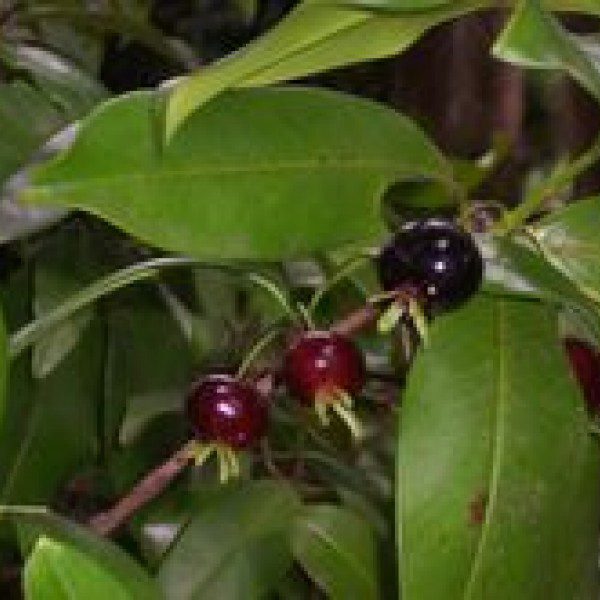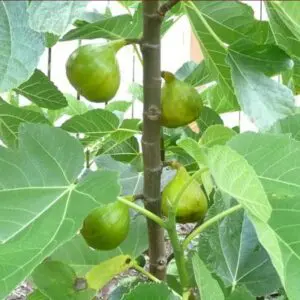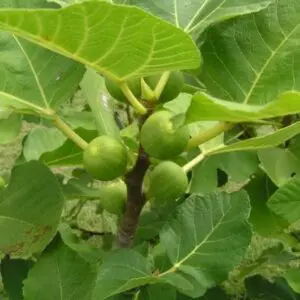Grumichama Tree Eugenia Brasiliensis Lam. Plant
$0.00 sales tax
Myrtaceae, the grumichama, Eugenia brasiliensis Lam. (syn. E. dombeyi Skeels), is also called grumixama, grumichameira, or grumixameira in Brazil, and sometimes Brazil cherry elsewhere. The highly ornamental tree is slender, erect, usually to 25 o..
Description
Myrtaceae, the grumichama, Eugenia brasiliensis Lam. (syn. E. dombeyi Skeels), is also called grumixama, grumichameira, or grumixameira in Brazil, and sometimes Brazil cherry elsewhere. The highly ornamental tree is slender, erect, usually to 25 or 35 ft (7.5-10.5 m) high, short-trunked and heavily foliaged with opposite, oblong-oval leaves 3 1/2 to 5 in (9-16 cm) long, 2 3/8 in (5-6 cm) wide, with recurved margin; glossy, thick, leathery, and minutely pitted on both surfaces. They persist for 2 years. New shoots are rosy. The flowers, borne singly in the leaf axils, are 1 in (2.5 cm) wide; have 4 green sepals and 4 white petals, and about 100 white stamens with pale-yellow anthers. The long-stalked fruit is oblate, 1/2 to 3/4 in (1.25-2 cm) wide; turns from green to bright-red and finally dark-purple to nearly black as it ripens, and bears the persistent, purple- or red-tinted sepals, to 1/2 in (1.25 cm) long, at its apex. The skin is thin, firm and exudes dark-red juice. The red or white pulp is juicy and tastes much like a true subacid or sweet cherry except for a touch of aromatic resin. There may be 1 more or less round, or 2 to 3 hemispherical, hard, light-tan or greenish-gray seeds to 1/2 in (1.25 cm) wide and half as thick. The grumichama is subtropical, surviving temperatures of 26º F (-3.33º C) in Brazil. It is better suited to Palm Beach than to southern Florida. In Hawaii, the tree fruits best from sea-level to an altitude of no more than 300 ft (90 m).





